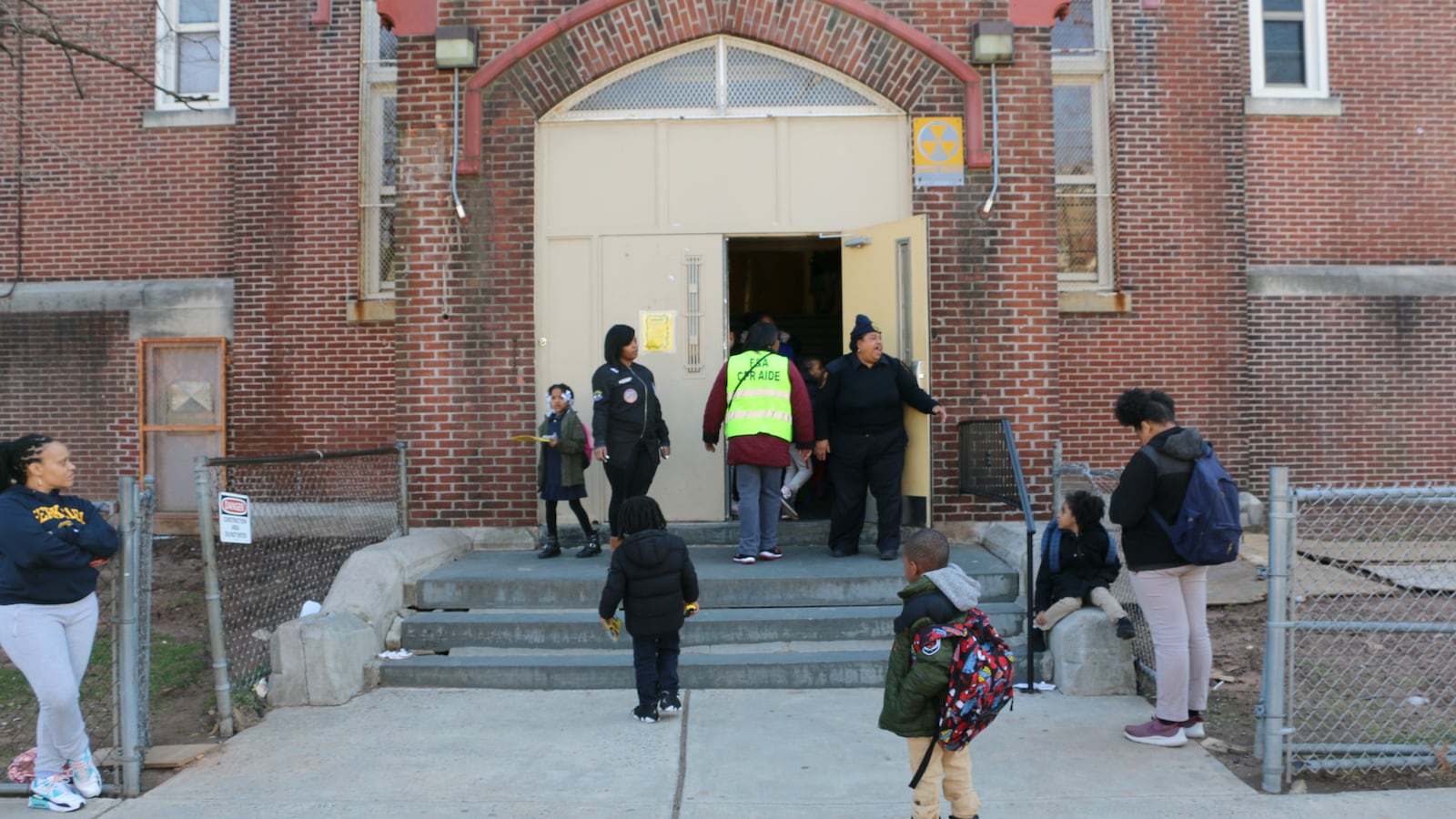Nearly 90 percent of New Jersey students in poor communities attend underfunded schools, according to a new report.
The report comes as Gov. Phil Murphy prepares to unveil his budget plan on Tuesday, when he is expected to boost school aid for a second year. But the analysis, by the Newark-based Education Law Center, highlights how the recent infusion of state dollars still will not close the gap in funding between wealthy and poor districts that is driven by local school spending.
“Low-wealth districts are not only short on state revenue, many of them are also short on local revenue,” said Danielle Farrie, the center’s research director. “So they’re basically falling way behind.”
New Jersey boasts a progressive school-funding formula meant to equalize spending across rich and poor districts. Established in 2008 to comply with a court ruling, the formula says districts that serve more high-needs students should get more money through a mix of state aid and local revenue.
But this school year, about a quarter of the state’s more than 550 school districts did not meet those funding targets. The shortfalls were not spread evenly: 88 percent of students in poor communities attend underfunded schools, compared with just 6 percent of students in wealthy areas, according to the Education Law Center, which filed the lawsuit that led to the state’s funding formula.
What causes those disparities? State aid for schools was mostly flat under former Gov. Chris Christie, which kept the state from meeting its funding obligations under the formula for nearly a decade. The shortfall has an outsized impact on high-poverty districts, which rely on the state for most of their funding. Wealthier districts, by contrast, get most of their money from local property taxes, which have increased even when state funding was flat.
Newark, the state’s largest school district, has a budget that is $183.4 million smaller than the funding formula says it should be this year, according to data compiled by the Education Law Center. The state, which supplies more than 80 percent of the district’s funding, shortchanged Newark by about $2,500 per student. Local funding, which accounts for about 12 percent of the district’s budget, provided about $1,000 less per student than the formula required. (The remaining portion of the budget comes from federal money.)
The more affluent nearby township of West Orange also got less than its due from the state. But that district, which is funded mainly through local revenue, actually raised about $5,800 more per student in taxes than required by the funding formula, according to the law center’s database. As a result, the district’s budget was $25 million bigger than the formula said it needed to be.
The striking budget disparities among New Jersey’s school districts also reflect racial divides, according to a new report by EdBuild, a nonprofit that studies school funding.
Racial segregation in housing and education, along with workplace discrimination, have led to large wealth gaps between predominantly white and predominantly black and Hispanic communities. New Jersey has reinforced those divides by drawing school district boundaries around those communities, experts say, allowing wealthier, whiter enclaves to funnel their local tax dollars into their local schools.
As a result, New Jersey’s majority white districts have on average $3,400 more per student than nonwhite districts, according to EdBuild — even with a funding formula that allocates state aid according to need.
Civil rights groups that are suing the state to bring about school desegregation have proposed redrawing those boundaries to consolidate small, racially divided districts.
EdBuild CEO Rebecca Sibilia said New Jersey’s funding formula is “trying nobly” to make up for the differences in local school spending.
“As noble as the state may be,” she said, “if we can’t curb the increasing divide between the racially driven wealth of our communities, then the state is never going to be able to keep up.”
Last year, state lawmakers took a big step toward equalizing state spending on schools. They passed a bill, which Murphy signed, designed to provide all districts the full amount of state aid they are due under the funding formula by 2025. The plan gave Newark schools an extra $37.5 million last year.
Murphy is expected to propose a new tax on income over $1 million that would help pay for the ongoing boost in school aid, according to news reports on Monday. Top state lawmakers who blocked a similar tax hike last year are likely to oppose his plan.
But even if Murphy is able increase state spending on schools again this year, it will not erase the funding gaps that are driven by local taxes, said Sibilia.
“They just can’t keep up with the difference in local funding,” she said. “The state is constantly running behind the diverging wealth.”

